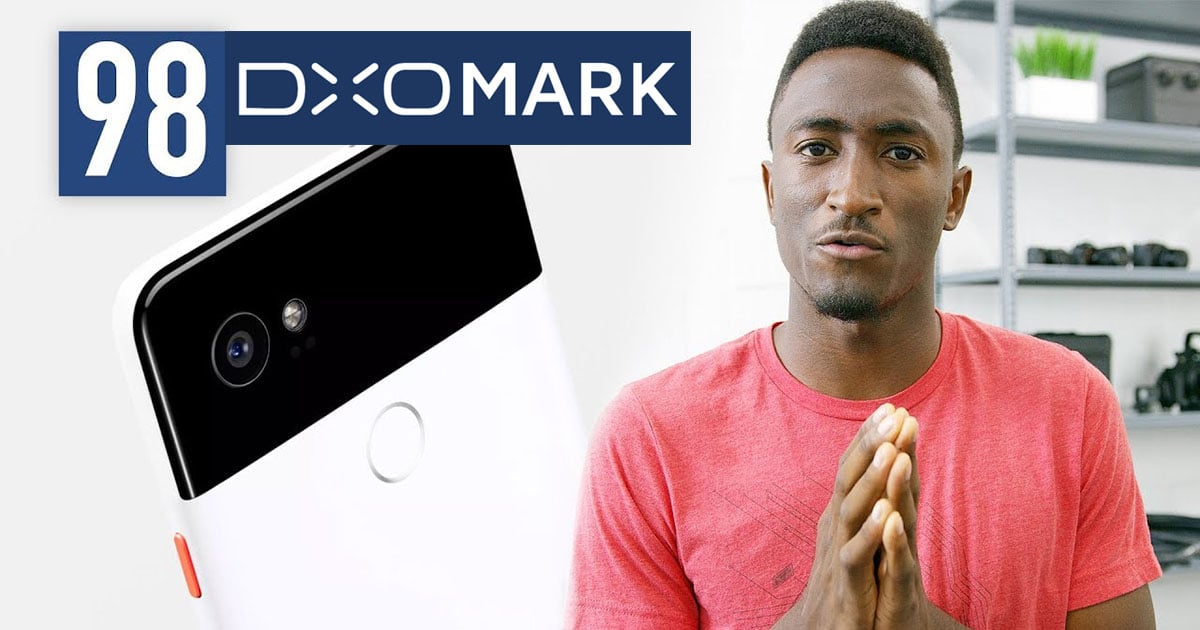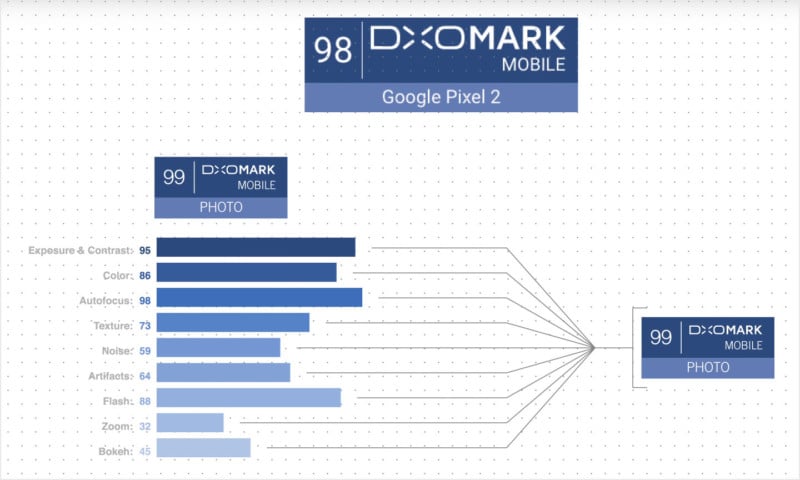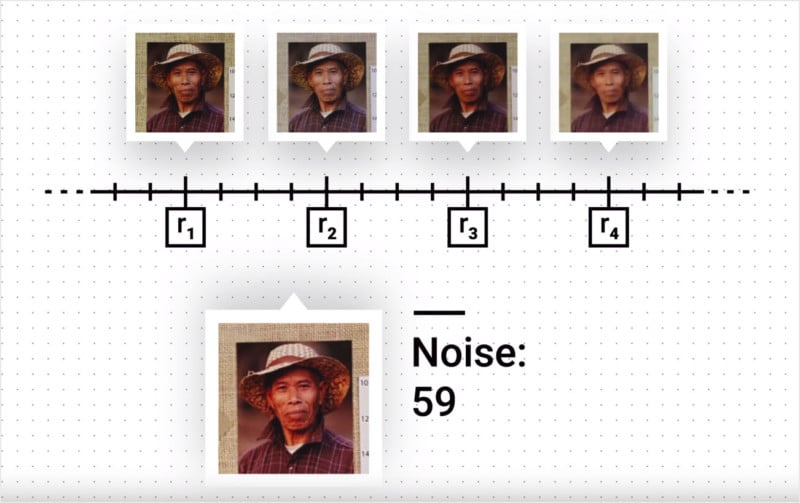
DxOMark‘s camera ratings are becoming more and more influential in the camera and smartphone industries. But how exactly do the scores work? Here’s an 11-minute video in which tech personality Marques Brownlee (AKA MKBHD) shares “the truth about DxOMark smartphone ratings.” DxOMark is a rating website that’s owned by DxO Labs, an image processing software company based in Boulogne-Billancourt, France.
Brownlee explains how DxOMark’s weighted score system turns a number of sub-scores into a single number that’s presented as the overall score for a particular camera.

“DxO does some pretty legit, really solid, testing,” Brownlee says. “They try to be scientific and objective wherever they possibly can.”
For aspects of image quality such as noise, DxOMark uses an “image quality ruler” based on previously analyzed images and determines where the new image falls on that scale.

But there is a big way these overall DxOMark scores aren’t objective: Brownlee points out that how much each aspect of a camera contributes to the overall score is a completely subjective weighing system that DxOMark came up with.
Since different people have different needs when it comes to a camera, looking at the individual scores that matter to you is probably more helpful and informative than comparing cameras simply based on their overall scores.
But there’s also another reason to take the scores with a grain of salt: the fact that DxOMark works with manufacturers (for a fee) to design cameras that score highly on DxOMark’s tests.
“DxO Labs is a consulting company as well as a testing company,” Brownlee says. “For a fee, they will work with smartphone manufacturers before their phone comes out to create a better camera.”
Watch the video above for Brownlee’s deeper look into how DxOMark works behind the scenes.
You can read DxOMark’s explanation of how it does its tests and generates its scores here. You can also find more of Brownlee’s tech videos by subscribing to his ultra-popular MKBHD channel on YouTube.
Update: Here’s photographer Matt Granger’s take on DxOMark’s scores, published back in 2015:
Image credits: Video and graphics by Marques Brownlee







